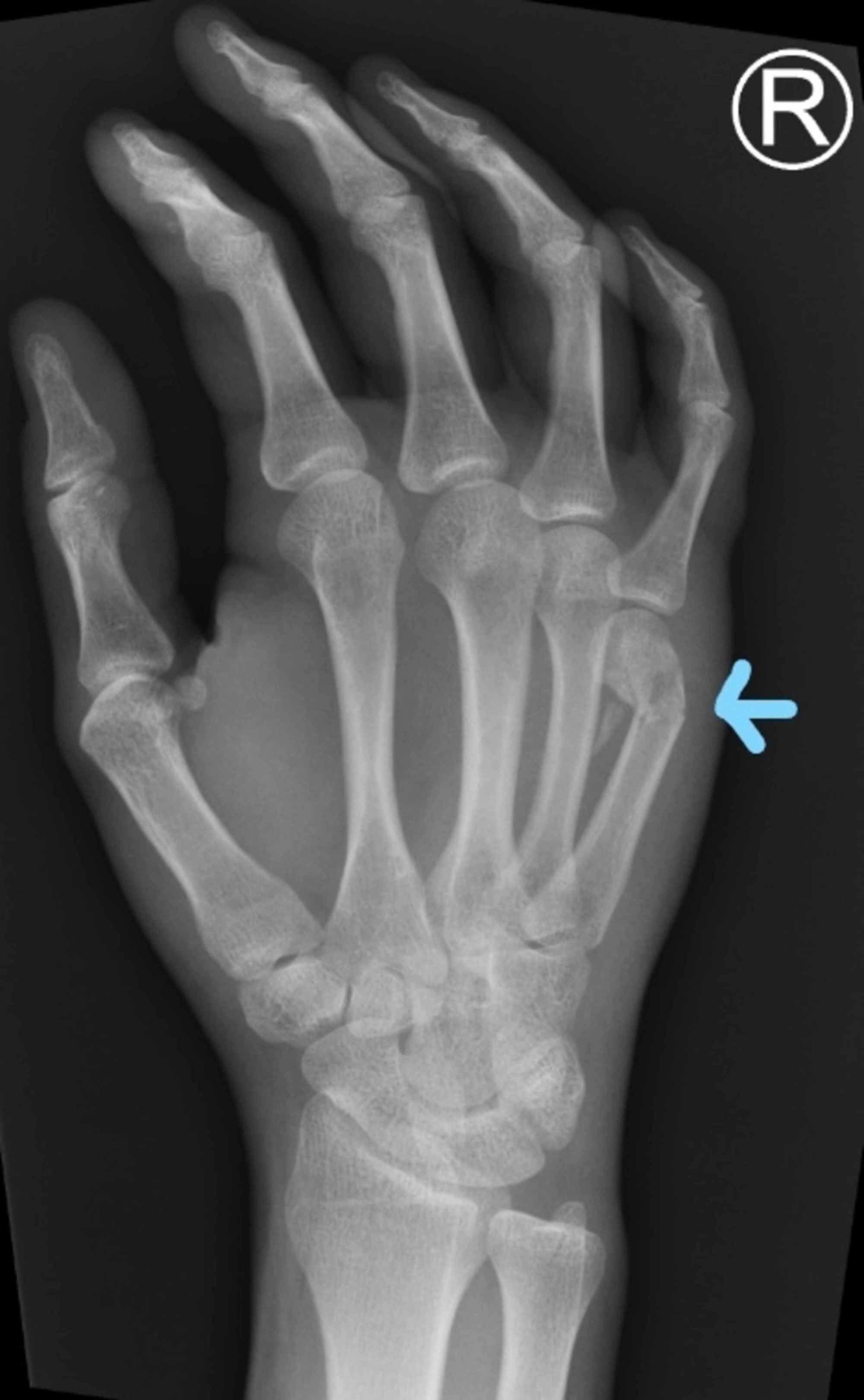 Cureus | Management of Fifth Metacarpal Neck Fracture (Boxer's Fracture): A Literature Review
Cureus | Management of Fifth Metacarpal Neck Fracture (Boxer's Fracture): A Literature Review"Don't ever doubt that a small group of considered and committed citizens can change the world. Indeed, it is the only thing it has. " Margaret Mead "Never doubt that a small group of considered and committed citizens can change the world. In fact, it's the only thing he has. "Cureus is on a mission to change the long-standing paradigm of the medical publication, where the presentation of the research can be costly, complex and consumed for a long time. RATED BY 4 READERS 7.7 7.6 8.0 7.0 , , , Quinto Metacarpal Management Neck Fracture (Buxer Fracture): A literature review , , , , Published: 28 July 2020 - Yeah? 10.7759/cureus.9442 Cite this article as: Hussain M, Ghaffar A, Choudry Q, et al. (28 July 2020) Management of the fifth metacarpal neck fracture (Bober fracture): a literature review. Cureus 12(7): e9442. doi:10.7759/cureus.9442 AbstractBoxer's fracture is the fifth metacarpal neck fracture resulting from direct trauma to the clenched fist. Worldwide, this type of fracture is the most typical presentation to emergency departments. The management of the fifth metacarpal fractures varies from one environment to another. Conservative management is the preferred option for closed fractures, non-acmonulated, non-acmalred, while open fractures, significant angulation, rotational deformity and intra-articular extension are recognized indications for surgical intervention. The scope of this article covers the results of a bibliographic review that examines the management strategies of such fractures. Introduction " Background 33% of patients with manual fractures are metacarpal fractures. Most metacarpal fractures involve the fifth metacarpal. A subcapital/neck of the fifth metacarpian fracture is commonly known as a boxer fracture. It is more common in men than in women, and peaks of incidence to the age group of 10 to 29 years. These fractures can usually be managed conservatively, however, several factors such as longitudinal shortening, angulation, malpractice, bone loss, and soft tissue injury are indications for surgical fixation. This literary review aims to discuss all possible management options for the fifth metacarpal bone fractures. RevisionPatoanatomy and Diagnosis The fracture of a boxer is typically a result of direct trauma to a tight fist where the energy is transferred through the fifth metacarpia axially and most of it results in the apex's dorsal angulation due to the pull of the interosseous muscles of the hand. Like any other long bone fractures, metacarpal bone fractures also follow the same pattern of descriptive classification, i.e. open or closed, intraarticular or extraarticular, oblique, spiral, transverse or minute comminution. The neurovascular package runs adjacent to a metacarpal and may be damaged in displaced fractures, which requires surgical intervention. When examining a possible fifth metacarpian fracture, a doctor should pay special attention to checking any skin rupture (fighting effects), neurovascular state, pseudo claw or rotational alignment, and the hand not wound should be compared. Early minutia debris and antibiotics are required for patients with combat bites, as amputation may be necessary in certain cases with chronic bone vain and tendon infection. Flat x-rays (former, lateral and oblique) are the gold standard for diagnosis and for determining angulation (Figure -). Angulation should be measured at more than 15 degrees, as normal angulation of the fifth metacarpal neck is 15 degrees. Kocaoğlu S and colleagues recently suggested the use of ultrasonography to detect metacarpal fractures in the emergency department. Hidden metacarpal fractures require an early computed tomography (CT) for rapid diagnosis .PA = PosteroanteriorNo-operatory management A non-complicated fracture - closed, not annulled, and non-evilated or otherwise displaced - fifth metacarpian fracture can be handled with initial immobilization with a ulnar rubber spine. Alternatively, a more minimalist approach to lure the small toe and swirl together, also known as a friend tap, can be used in non-complicated cases. The conventional teachings suggest that the position of the hand for the fractured spine should be: the wrist extended to 20 degrees, 60-70 degree of bending in the metacarpofalangeal (MCP), and the interfalangeal joints in extension. The risk of rotational deformity is significantly reduced by strangulation/taping of a friend. Complete immobilization with a rubber of ulnar or shortcut of friend, which provides immediate motion have relatively comparable functional results. However, a study conducted by Bansal R reported a greater degree of patient satisfaction, less follow-up, and a return before work when dealing with the partner disappearing comparatively to spread. Many authors recommend accepting angulation up to 70 degrees in small fractures of the finger metacarpy neck. In spite of these recommendations, a biomechanical study conducted in 1999 concluded a loss of 8% in the grip force bendor digiti minimi and a reduction of 22% in the range of movement associated with 30 degrees of angulation, therefore, suggests a higher limit for acceptable angulation of 30 degrees. The fracture of the boxer with a significant fracture requires a closed reduction. The closed reduction of the angulated fractures can be attempted in an accident and emergency department (A & E); the bending of 90 degrees is reached in the metacarpofalangeal and interfalangeal joints of the fingers. The pressure then applies to the dorsal aspect of the fracture to push the head dorsally flattening the axis. Although this technique is successful in reducing fractures, the maintenance of reduction remains a bending problem. Harris and colleagues presented a document describing the longitudinal traction of the fifth metacarpal with subsequent immobilization with a plaster. The results indicated more than 80% of the initial correction of the angulation with only 1 degree of correction loss after the plaster interruption in three to four weeks. Operational Management There is a considerable amount of variability in the preferred method for the management of surgical fractures of the fifth metacarpian fracture also known as the fracture of the boxer. We review the literature available in an attempt to summarize the methods used in the current practice to achieve consensus. Two previous studies, including meta-analysis, showed comparable levels of subjective satisfaction with conservative and surgical management. However, objectively, the operating groups showed lower levels of residual dorsal ingulation, although, with longer periods of rehabilitation and off-work time in relation to the conservatively managed group of patients. Both conservative and operating groups exhibited some degree of bad rotational alignment. However, neither of the two methods led to a significant loss in the range of movement or grip force. With the above considered, surgical management should only be preferred when there is a strong indication for it. The following are some of the indications for the surgical management mentioned in the literature. Open fractures: Irrigation and debridation of the wound, together with open reduction and internal fixation;2: Composite fracture or multiple fractures involving multiple metacarpals and/or phalanges;3: Intra-articular fruits particularly when a fragment avoids smooth movement of the joint;4: Fractures that extend to the head of the metacarpal with displacement Ø1 mm;5: Displacement. This is a quite unique criterion in terms of its relevance to which metacarpal involvement is involved. Flying angulation can result in a reduction in the grip force, pseudo claw and a visible deformity of the metacarpia head in the palmar aspect. In addition, ulnar metacarpals have greater compensatory metacarpal joint flexibility and therefore can tolerate a higher degree of fly angulation when compared to radial metacarpals. The acceptable flies of the distal fragment are 10, 20, 30 and 40 for the metacarpals second, third, fourth and fifth respectively;6: Shortening of ± 5 mm;7: Malunion or non-union;8: Inability to reduce a fracture with conservative methods; and9: Rotational deformity. Fixing technique Different surgical techniques are currently used for the surgical management of the boxer fracture. The final decision on which it should be used depends on the surgeon's preference by taking into account both the pros and cons of each technique and the patoanatomy of the individual case. Kirschner Wires (K-Wires)Most of the simple fractures of the closed metacarpal neck can be managed conservatively by flexing the digit in the metacarpopharphalangic and proximal joints and applying a dorsal force directed along the plane of the first phalanx. Stable fractures can be spurred externally. However, if the fracture is considered to be unstable, more stabilization can be used when pricking with K wires. K wires are minimally invasive and easy to use as an implant for the stabilization of percutaneous and open fractures. However, there are certain cons with the use of K-wires as possible neurovascular injury, tendon adhesions, pin site infection, and defy the pin. Available in different diameters, the K wires are driven using a drill in the bone in the ulnoadial direction, radiulnar or through the center of the bone. The K-wire must pass the fracture site ideally at an angle of more than 45 degrees. K wires are inserted using four techniques (cross-the-scene, pinning crucifix, pinning of bouquets and a single K-wire in Lazy S fashion), which are described below. Crossing: Two wires are inserted bicortically in a retrograde form from a distal entry point to the fracture site. The pins are avoided crossing the fracture site to avoid rotation changes in the fragment. A diameter K ring of 0.9 or 1.1 mm is used. Pinning crucifix: A 1.6 mm thicker diameter wire is advanced through the head of the metacarpal retrogradely on the spinal canal. The second thinner wire is driven from the radial aspect in the heads of the fractured metacarpath and an adjacent metacarpal, forming a crucifix form. Bouquet pinning: Multiple, typically three, K wires are anchored centrally through the intramedular cavity. The form resulting from the wires resembles a bouquet, since the distal ends are usually given a dorsal curve to support the reduction. A single K-wire in fashion 'lazy-S': A study has reported encouraging results with only one in 28 patients who require a repetitive fracture correction in the final follow-up. A single K-wire is given a soft curve at the 5 mm point, with an opposite curve but much smoother along the K-wire. The wire is taken to the medulla channel. The study reported that in the final follow-up, there was no evidence of rotational deformity or angulation. Cross-section: Typically used for metacarpal fractures 4th and 5th, K wires are driven from the ulnar aspect in the fifth and fourth metacarpal to stabilize the fracture fragment to the unbroken adjacent counterpart. Two studies compared the results of this technique to intramedular perforation and discovered that operating times were shorter and the rate of complications was lower for cross-sectional pination. However, intramedullary technique produced better functional results. Intramedular fixation As mentioned above, a single K-wire can also be used for intramedular fixation. However, two other methods have been reported in the literature for the intramedular fixing of the fractured fragment; commercially available prefabricated nails and headless screws. Generally, the nails are placed in anterograte form and the screws are placed retrograde. Compared to the K-wire cross-pipe, intramedular fixation was shown to produce an improved range of motion and lower incidence of shortening. A study followed the results retrospectively with the use of headless intramedular screws for metacarpal fractures of the neck and axis and concluded that the functional results were excellent, producing a total range of motion of more than 240 degrees. However, Padegimas et al. supports the use of headless screws for neck fractures only. A headless screw is inserted through a small incision in the metacarpofalangeal joint along a perforated guide retrogradely in the distal fragment. The screw is buried in the bone, which excludes the need for subsequent removal. Tobert et al. suggested that this feature, together with the improvement of the rotational stability of the reduction of the fracture, offers an advantage over other techniques, such as K-wires, which require a repetition procedure to remove the wire. Since the joint surface MCP is involved during the insertion of the screw, the violation of the joint surface is a concern that should be taken into account. However, the study does not have long-term consequences. The headless intramedullary screws have been reported to produce similar biomechanical stability compared to Kirschner wires. Plate and screw fixingThe construction of plates and screws is traditionally favored by its superior biomechanical stability compared to other methods. However, a focused study found no significant differences in the maximum load and bone stiffness profile for fixing with the plate and screw in front of the K wires. The study, however, only focused on joint CMC fixing using cataveric bones. Other potential benefits of plate and screw fixing include ease of fixing when there is a significant decrease is present or there are multiple metacarpal neck fractures. However, a small distal fragment can reduce distal purchase for screw fixing, making this method unusable. It has also been reported that the method produces significant complications of stiffness and the expansion mechanism. Facca et al. compared the benefits of using a K-wires blocking plate and found that although blocking plates offer an obvious advantage of immediate mobilization compared to K-wires, which require six weeks of immobilization, the loss of mobility and the highest cost of the procedure did not justify use. ConclusionsUncomplicated metacarpal fractures are usually treated with immobilization and styling or neighborhood strangulation, with a comparable degree of functional results. Fractures with a significant angulation require closed reduction and spine application. The acceptable degree of angulation is debatable among the authors, with the majority accepting the angulation of up to 70 degrees. We found that there are very specific indications for surgical management to be preferred on the conservative approach. In addition, morphological variations in the nature of the fracture favor certain surgical fixing methods on the other. Despite this, there is no consensus on the superiority of any single surgical technique. California Department of Medicine, Children's Diseases Hospital, California Disease Hospital In compliance with , all authors declare the following: Payment/Service Information: All authors have stated that no organization received financial support for the work presented. Financial relations: All authors have stated that they do not have financial relations at present or in the previous three years with any organization that may have an interest in the work presented. Other relationships: All authors have stated that there are no other relationships or activities that could have influenced the work presented. Article information10.7759/cureus.9442 Hussain M, Ghaffar A, Choudry Q, et al. (28 July 2020) Management of the fifth metacarpal neck fracture (Bober's fracture): a literature review. Cureus 12(7): e9442. doi:10.7759/cureus.9442 Received by Cureus: 16 July 2020 The peer review began: 17 July 2020 Review of the results of the country-specific evaluation concluded: 17 July 2020 Published: July 28, 2020 © Copyright 2020 Hussain et al. This is an open access article distributed under the terms of the Creative Commons Attribution License CC-BY 4.0., which allows unrestricted use, distribution and reproduction in any medium, provided that the original author and the source are accredited. This is an open access article distributed under the terms of the Creative Commons License, which allows the use, distribution and reproduction without restrictions in any medium, provided that the original author and the source are accredited. Handle of the fifth metacarpal neck fracture (cocker fracture): a literature reviewFiguras, etc. PA = Posteroanterior Scholary Impact QuotientTM (SIQTM) is our only peer assessment process after publication. . You're about to leave Cureus' website! This link will take you to a third-party website that is not affiliated with Cureus, Inc. Note that Cureus is not responsible for any content or activities contained on our partner or affiliated websites. What is SIQTM? Scholarly Impact QuotientTM (SIQTM) is our only peer assessment process after publication. SIQTM evaluates the importance and quality of the article by embracing the collective intelligence of the Cureus-a-grande community. All registered users are invited to contribute to the SIQTM of any published article. (The authors cannot qualify their own articles.) High grades must be reserved for the work that is truly innovative in their respective field. Anything above 5 should be considered above average. While all registered Cureus users can qualify any published article, the opinion of domain experts is significantly more weighted than that of non-specialists. The SIQTM of an item will appear along with the article after being valued twice and recalculated with each additional rating. Scholarly Impact QuotientTM (SIQTM) Scholarly Impact QuotientTM (SIQTM) is our only peer assessment process after publication. SIQTM evaluates the importance and quality of the article by embracing the collective intelligence of the Cureus-a-grande community. All registered users are invited to contribute to the SIQTM of any published article. (The authors cannot qualify their own articles.) You got an account yet? Enter your email address to receive your free download in PDF. Log in to CureusSign up for CureusEmail Communication and Personal Data By joining Cureus, you accept our and . Join our Peer Review Panel Give a hand to your fellow Cureus authors and volunteer for our peer review panel. Reviewing with Cureus is easy, fast and smooth! Read our for more information. Share this article with your colleagues. Each email address must be separated by a coma.
Server Error Please try later. IMAGES

Cureus | Management of Fifth Metacarpal Neck Fracture (Boxer's Fracture): A Literature Review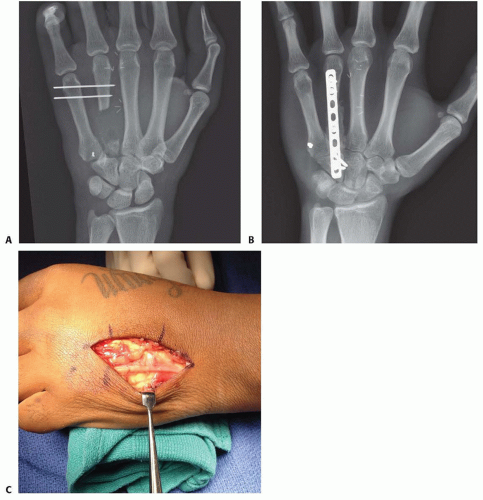
Operative Treatment of Metacarpal Fractures | Musculoskeletal Key
Metacarpal Fracture Treatment in Raleigh NC by Dr. Erickson
Fifth metacarpal neck fracture fixation: Locking plate versus K-wire? - ScienceDirect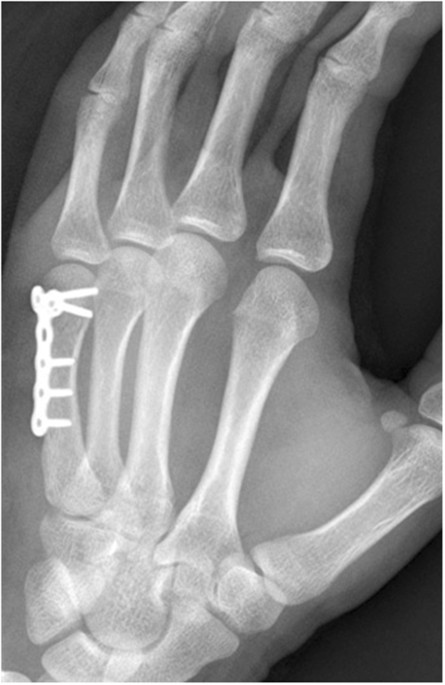
Three-screw versus two-screw fixation of distal fragment in fifth metacarpal neck fractures stabilized with locking plate | Scientific Reports
Metacarpal Fracture | Symptoms, treatment, surgery & rehabilitation
ORIF Surgery of 4th and 5th Metacarpal Fractures - John Erickson, MD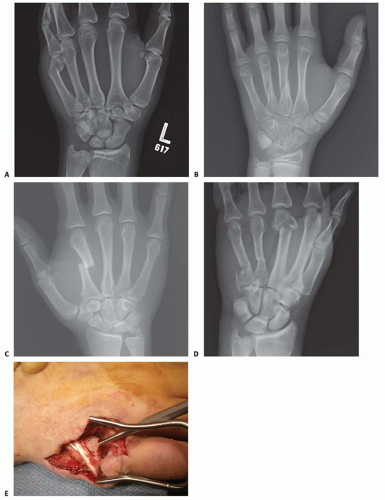
Operative Treatment of Metacarpal Fractures | Musculoskeletal Key
Boxer's Fracture Treatment, Cast, Surgery, Healing Time & Long Term Effects
Boxer's fracture - Wikipedia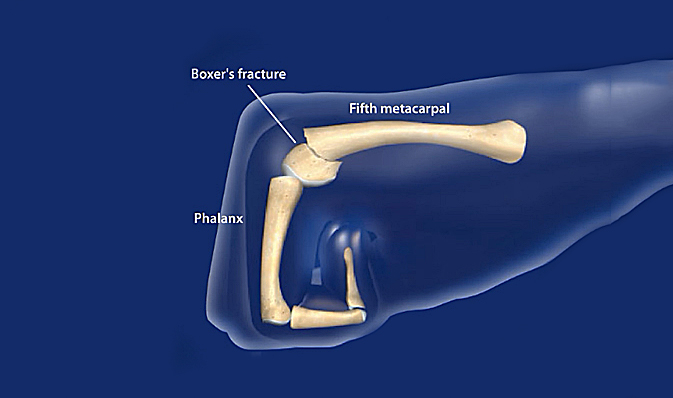
Boxer's Fracture - Comprehensive Orthopaedics
Metacarpal fractures
Will this fracture of my 5th metacarpal bone require surgery to correct? : AskDoctorSmeeee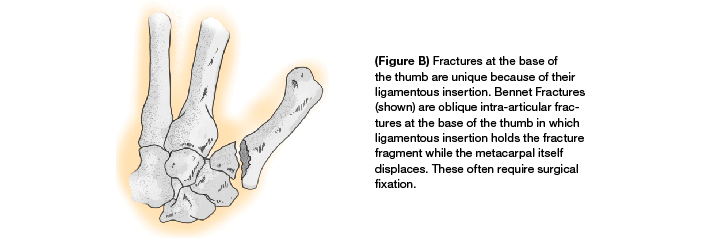
How to Handle Metacarpal Fractures | Emergency Physicians Monthly
Metacarpal fracture treatment in Raleigh NC - Raleigh Hand to Shoulder Center | Raleigh Hand to Shoulder Center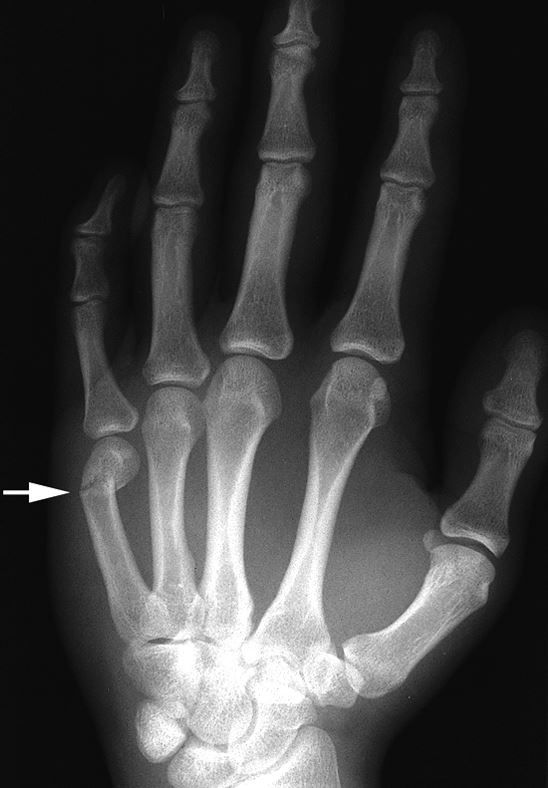
Hand Fractures - OrthoInfo - AAOS
Metacarpal Fractures - Hand - Orthobullets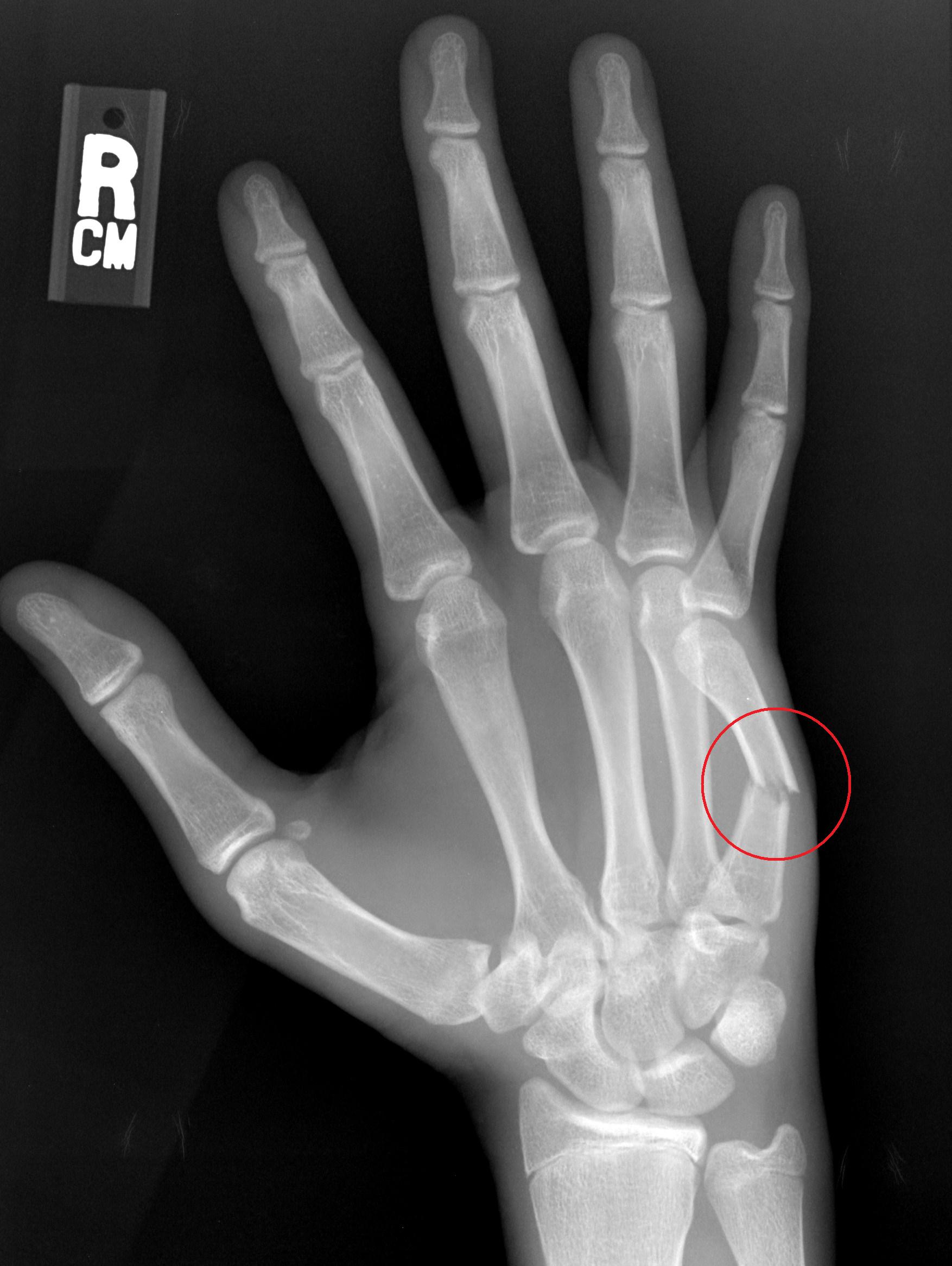
Metacarpal Fracture Treatment in Raleigh Durham Cary NC | Raleigh Hand to Shoulder Center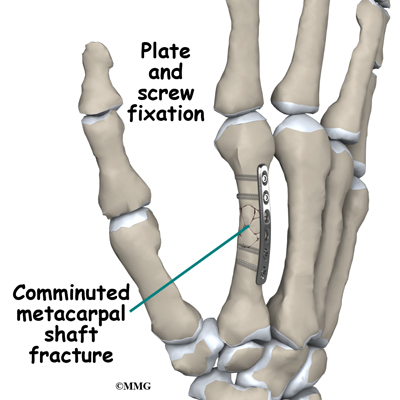
Conditions and Treatments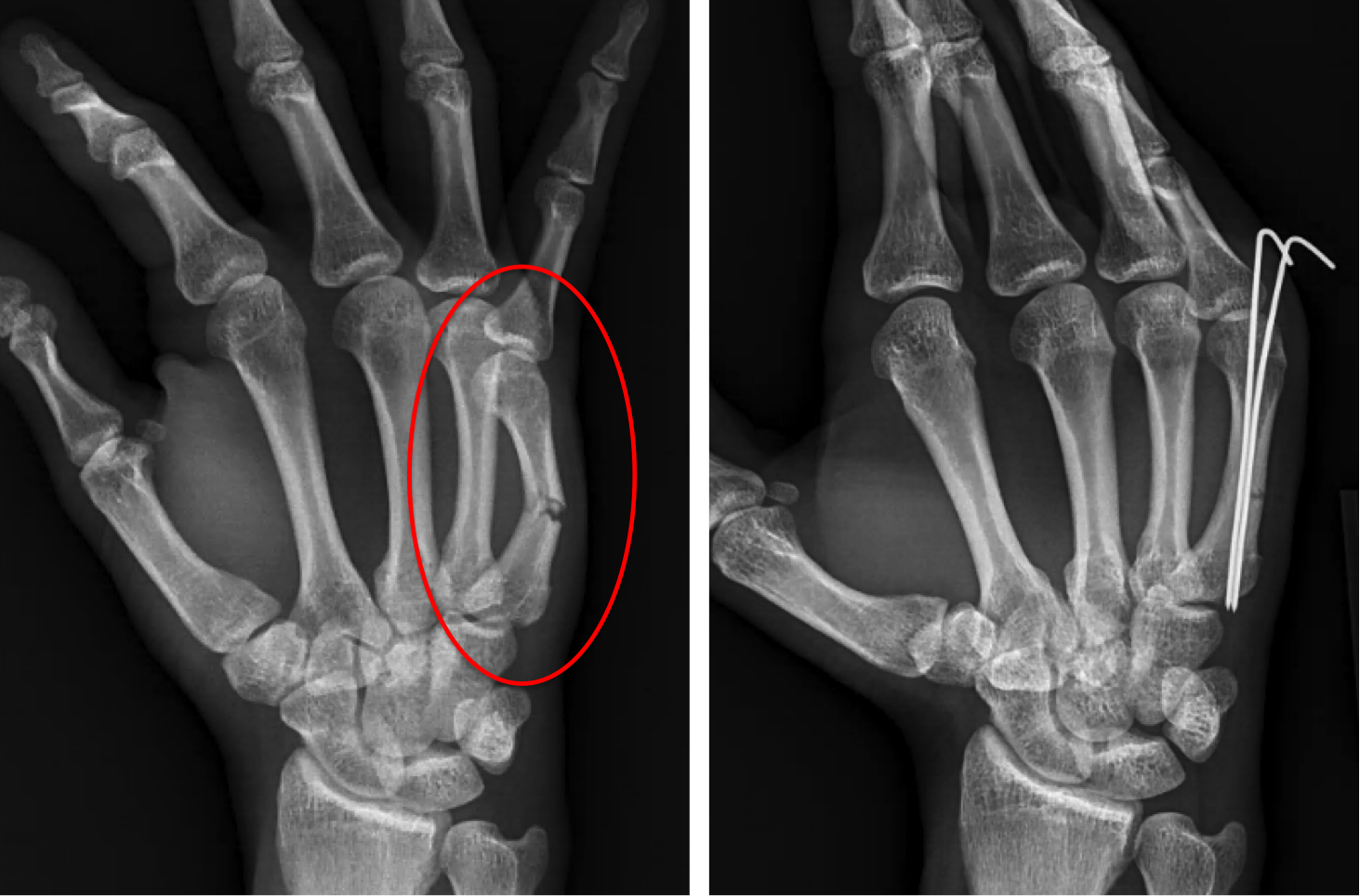
Hand Fracture - Raleigh Hand Surgery — Joseph J. Schreiber, MD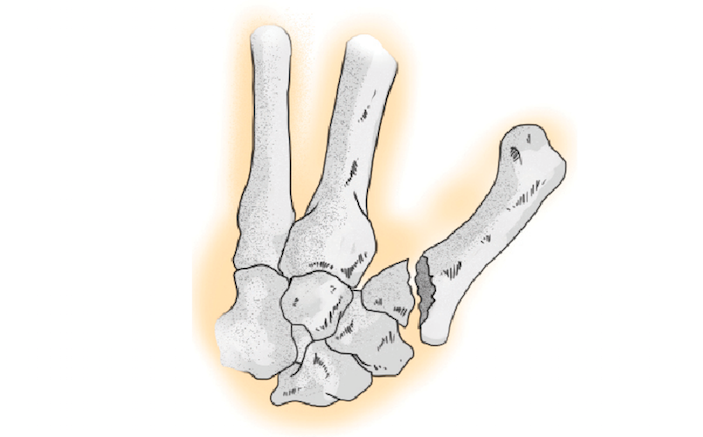
How to Handle Metacarpal Fractures | Emergency Physicians Monthly
Archives of Plastic Surgery
Operative method. Bouquet pinning of a small finger metacarpal neck... | Download Scientific Diagram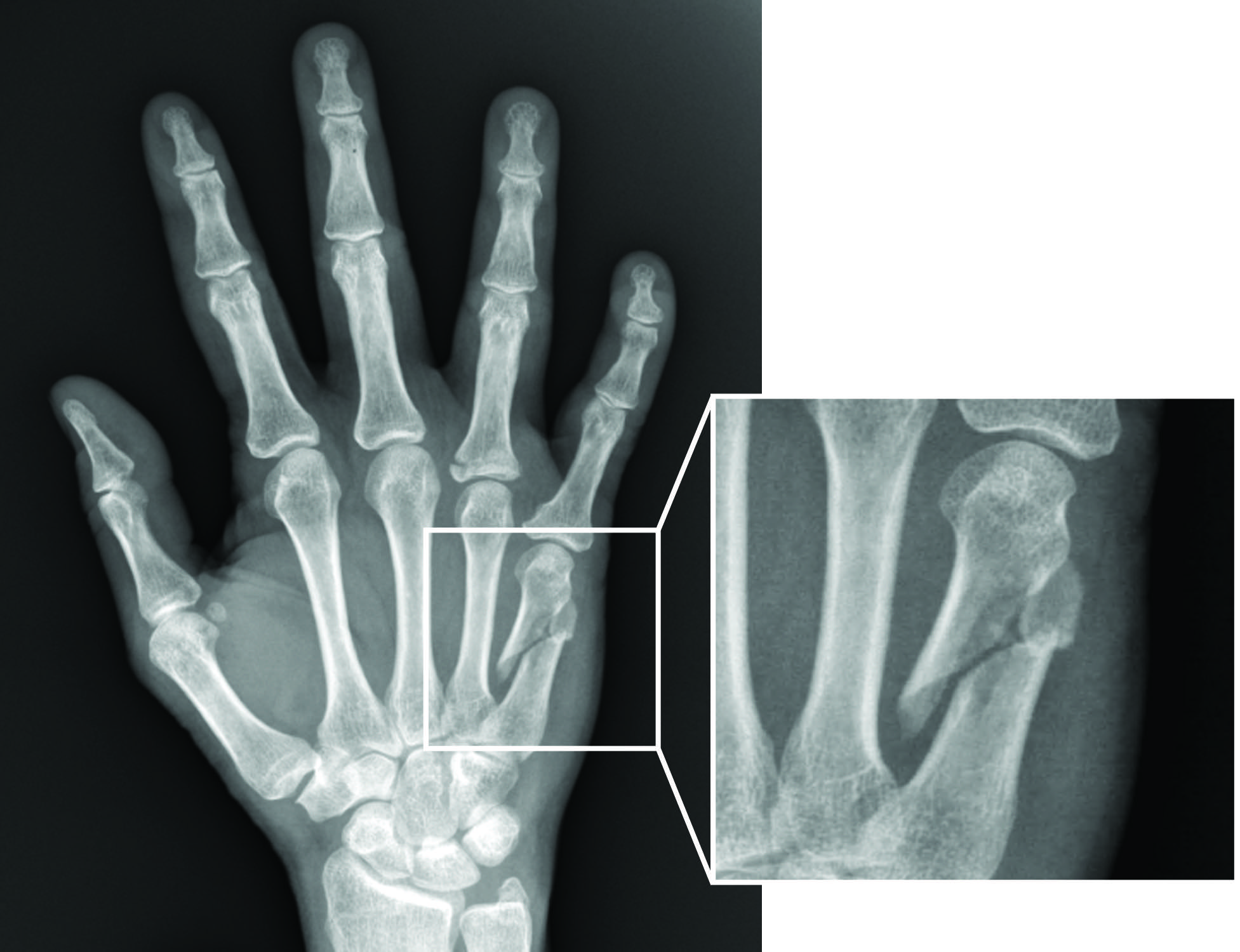
Hand Fracture - Raleigh Hand Surgery — Joseph J. Schreiber, MD
Nonoperative treatment for Shaft, oblique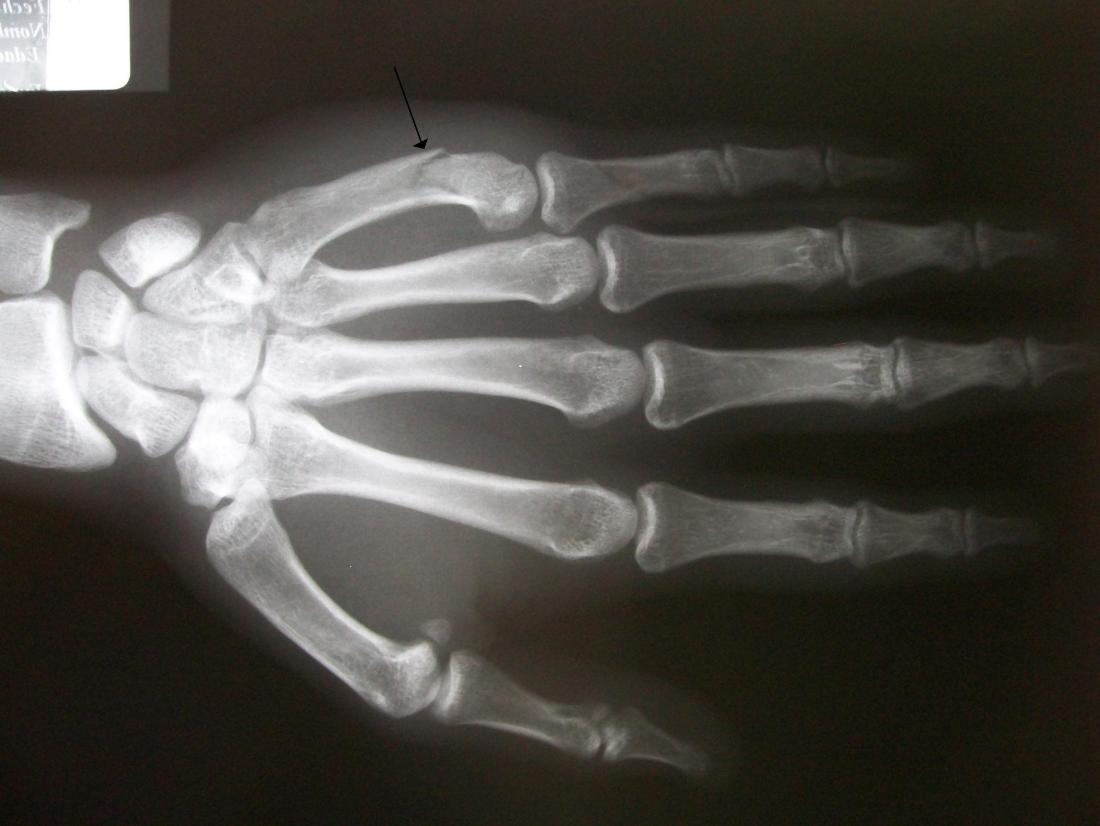
Boxer's fracture: Treatment, diagnosis, and recovery
Intramedullary K-wire fixation for Head, subcapital
Metacarpal Fractures - Hand - Orthobullets
Metacarpal fractures - Melbourne Hand Surgery
Fifth metacarpal neck fracture fixation: Locking plate versus K-wire? - ScienceDirect
Metacarpal Fractures – Core EM
Metacarpal Fractures - Hand - Orthobullets
Right Fifth Metacarpal Fracture, Repair, and Current Contracture
Lag screw fixation for Shaft, oblique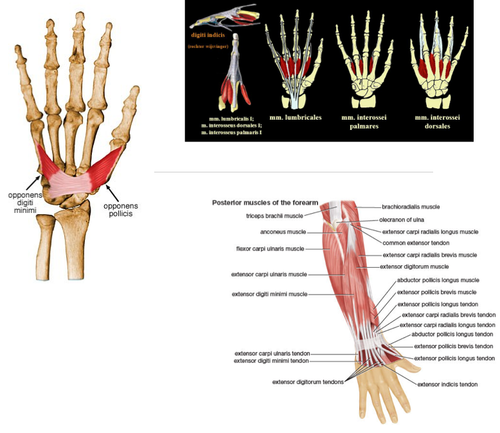
Metacarpal Fractures - Physiopedia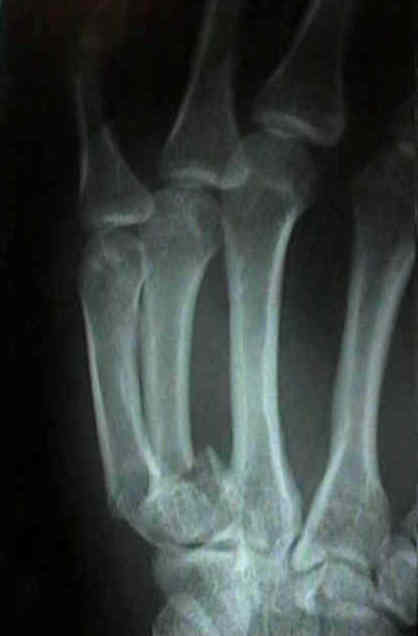
Metacarpal Extra-articular Base Frx : Wheeless' Textbook of Orthopaedics
MedPix Case - Midshaft right 5th metacarpal fracture
Boxer's fracture • LITFL • Trauma Library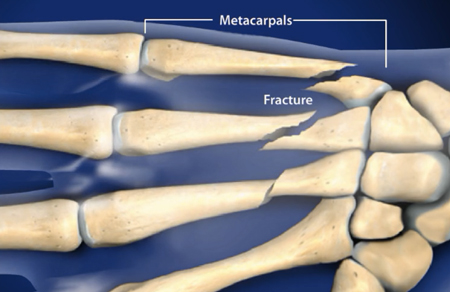
Metacarpal Fractures
Broken Hand (Metacarpal Fracture) — Bone Talks
 Cureus | Management of Fifth Metacarpal Neck Fracture (Boxer's Fracture): A Literature Review
Cureus | Management of Fifth Metacarpal Neck Fracture (Boxer's Fracture): A Literature Review

































Posting Komentar untuk "5th metacarpal fracture surgery"